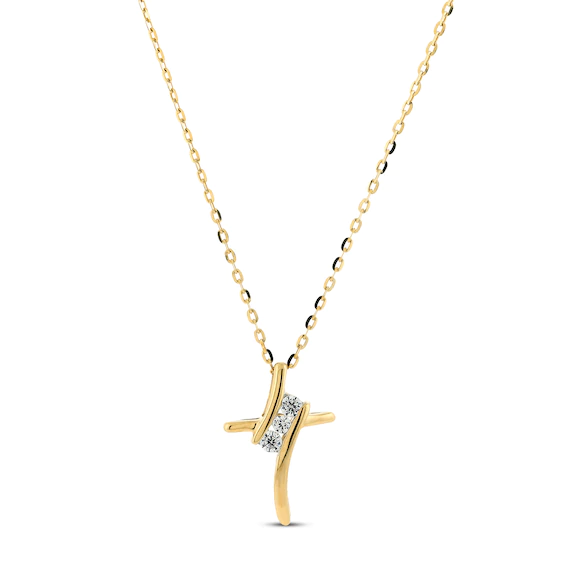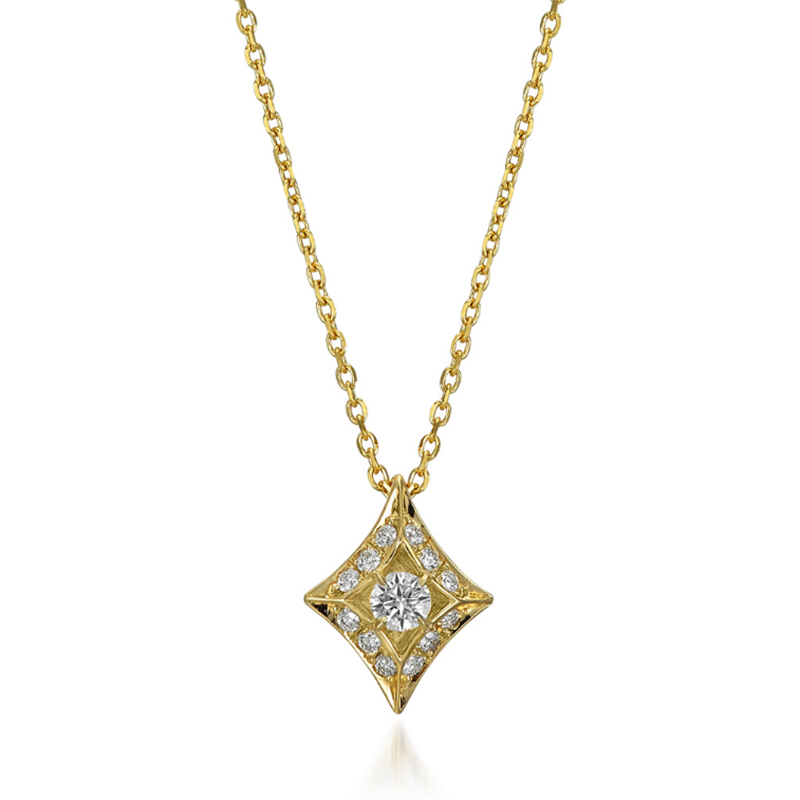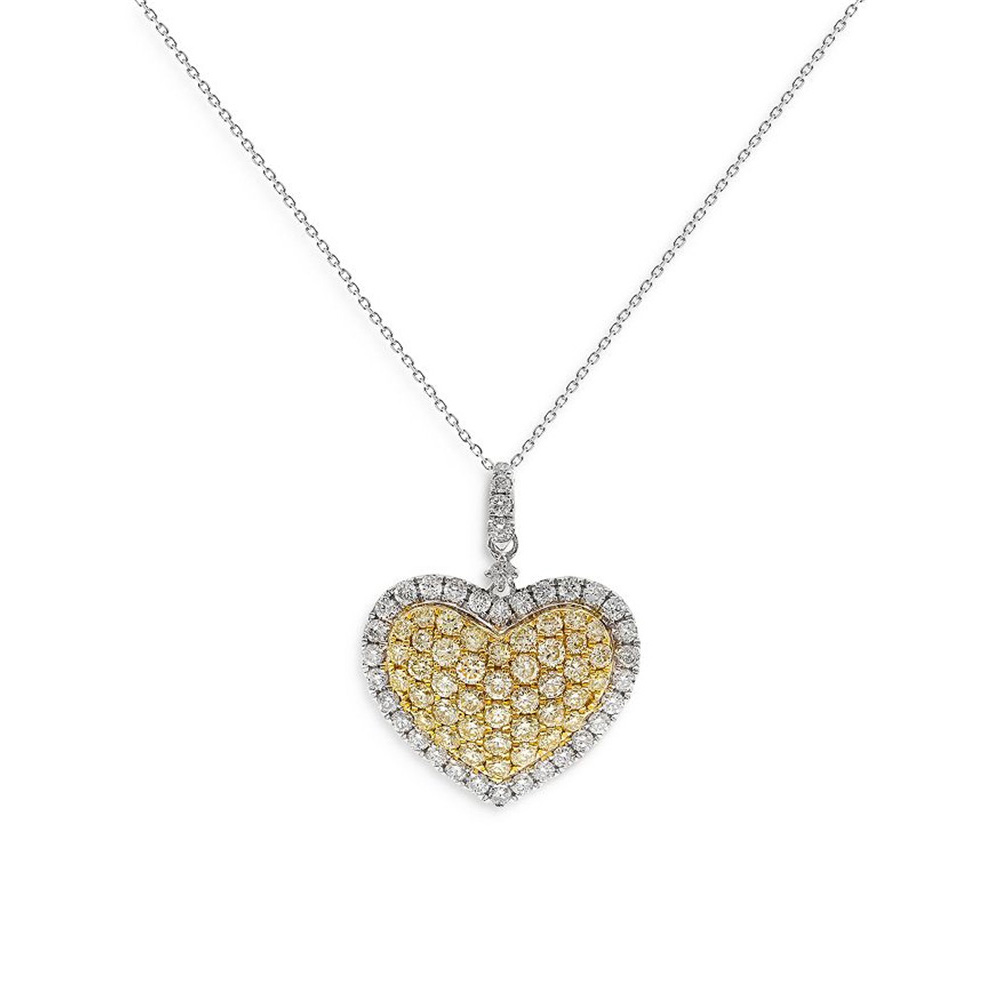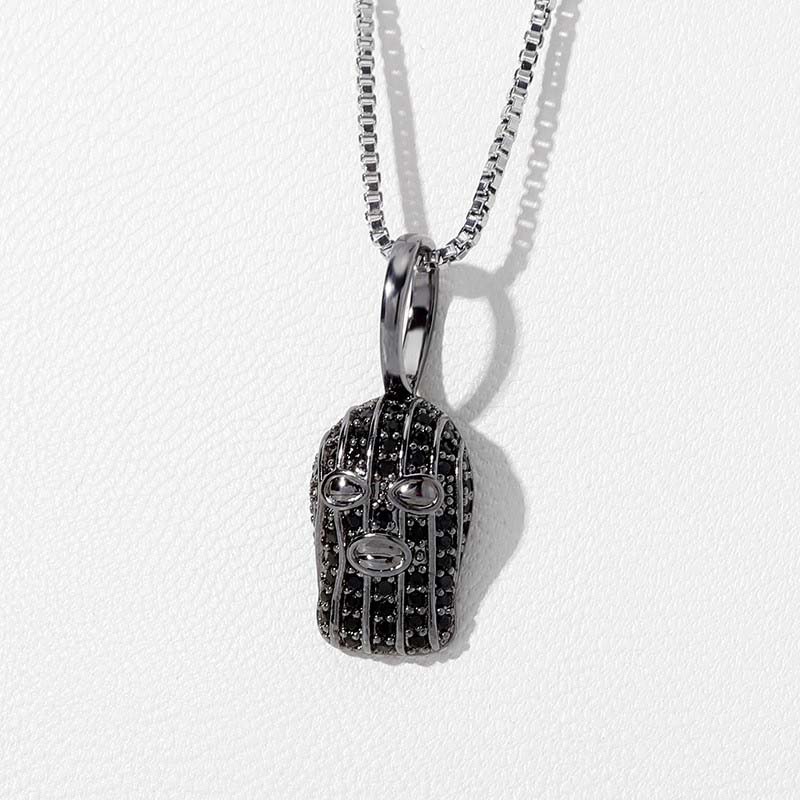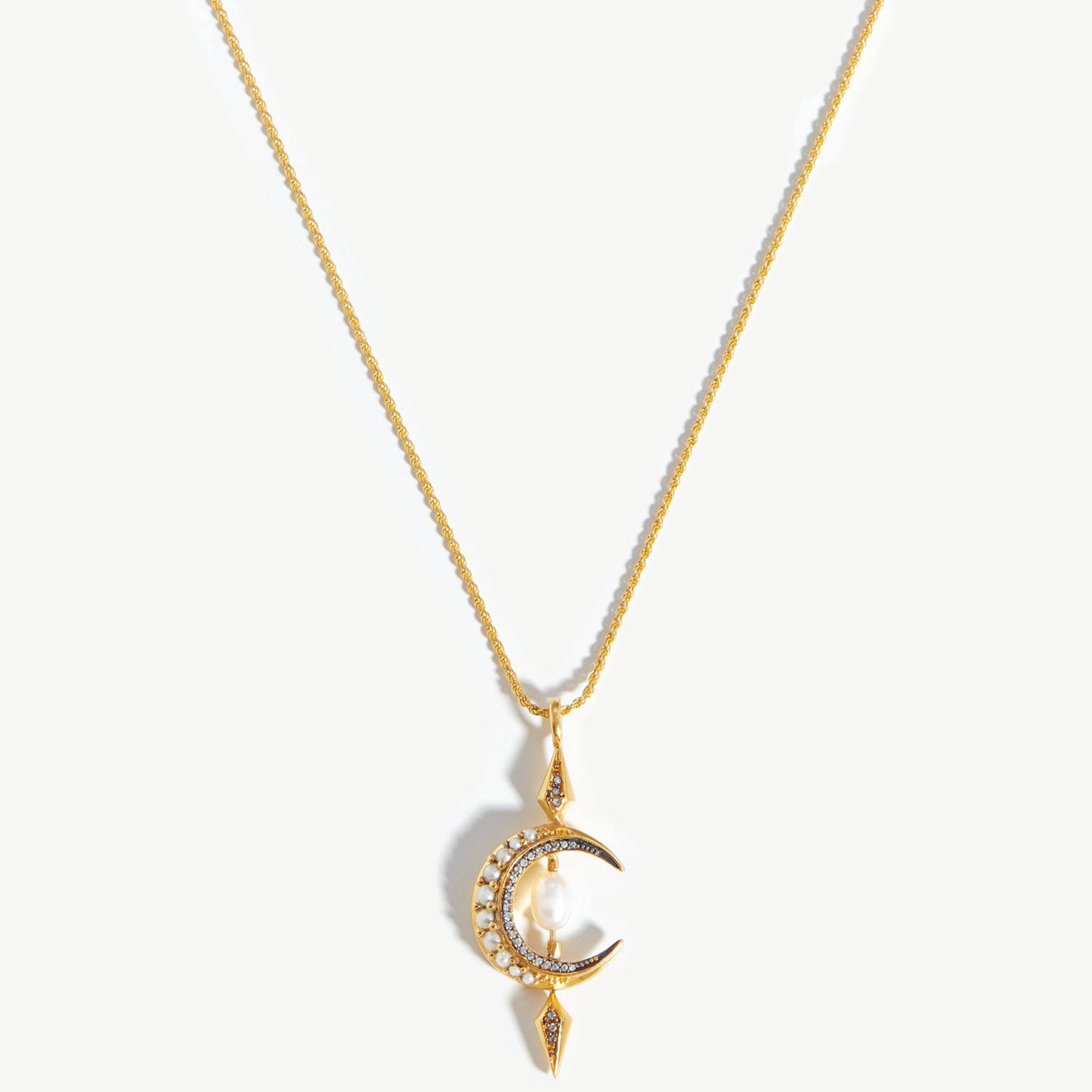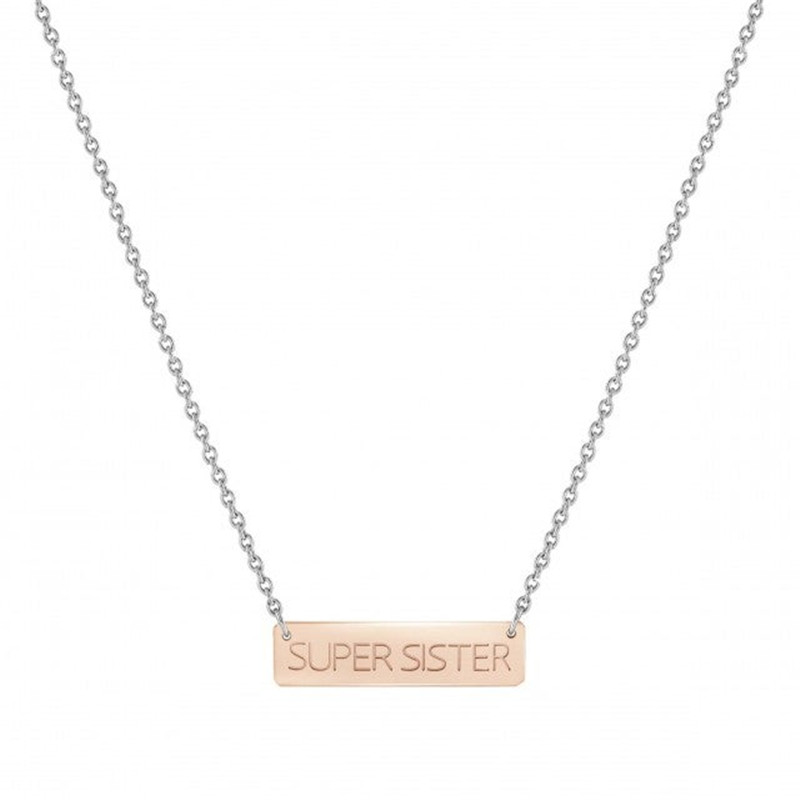Crafting Custom Heart-Shaped 925 Silver Diamond Pendants: A Comprehensive Guide to Manufacturing Processes
OEM/ODM jewelry manufacturer design custom your own jewelry
LET’S GET STARTED : mo@kingjy.com
Crafting Custom Heart-Shaped 925 Silver Diamond Pendants: A Comprehensive Guide to Manufacturing Processes
Introduction
Custom heart-shaped pendants, especially those made from 925 sterling silver and adorned with diamonds, are among the most sought-after jewelry pieces. These pendants symbolize love, passion, and elegance, making them ideal for gifts, engagements, and personalized fashion statements.
To create a high-quality 925 silver diamond heart pendant, manufacturers rely on a combination of traditional craftsmanship and modern technology. This article explores the step-by-step manufacturing processes, including:
- Design & Prototyping
- Silver Casting & Alloy Preparation
- Diamond Setting Techniques
- Polishing & Finishing
- Quality Control & Certification
By understanding these processes, jewelry brands, designers, and retailers can ensure they source or produce premium custom heart pendants that meet market demands.
1. Design & Prototyping
1.1 Concept Development
Before production begins, designers create sketches or digital renderings of the heart-shaped pendant. Key considerations include:
- Size & Proportion (e.g., small delicate hearts vs. bold statement pieces)
- Diamond Placement (e.g., single center stone, pave setting, or halo design)
- Bail Attachment (how the pendant connects to the chain)
1.2 CAD (Computer-Aided Design) Modeling
- Jewelry designers use CAD software (Rhino, Matrix, or ZBrush) to create 3D models.
- Allows for precise adjustments (e.g., curvature of the heart, prong thickness).
- Enables virtual testing of diamond arrangements for optimal sparkle.
1.3 3D Printing & Wax Prototyping
- The approved CAD design is 3D printed in wax or resin.
- The wax model is used in lost-wax casting (a crucial step in silver jewelry production).
2. Silver Casting & Alloy Preparation
2.1 925 Sterling Silver Composition
- 92.5% pure silver + 7.5% copper (for durability).
- The copper prevents excessive softness while maintaining shine.
2.2 Investment Casting (Lost-Wax Process)
- Wax Model Assembly – Multiple wax pendants are attached to a “tree” for batch production.
- Plaster Mold Creation – The wax tree is placed in a flask and covered with heat-resistant plaster.
- Wax Burnout – The mold is heated, melting the wax and leaving a cavity.
- Silver Pouring – Molten 925 silver is injected into the mold.
- Cooling & Demolding – The plaster is broken away, revealing raw silver pendants.
2.3 Post-Casting Refinement
- Cutting & Deburring – Removing excess metal (sprue marks).
- Filing & Sanding – Smoothing rough edges before diamond setting.
3. Diamond Setting Techniques
3.1 Diamond Selection
- Natural vs. Lab-Grown Diamonds (GIA-certified or IGI-certified).
- CZ or Moissanite Alternatives (Budget-friendly options).
3.2 Common Setting Styles for Heart Pendants
A. Prong Setting
- 4 or 6 metal claws hold the center diamond securely.
- Maximizes light exposure for brilliance.
B. Bezel Setting
- A metal rim encircles the diamond for a modern, secure look.
- Popular for minimalist designs.
C. Pave Setting
- Tiny diamonds are set closely together, covering the heart’s surface.
- Requires micro-pave or bead-setting techniques.
D. Channel Setting
- Diamonds are placed in a groove along the heart’s outline.
- Provides a sleek, continuous sparkle.
3.3 Hand-Setting vs. Machine Setting
- Hand-Setting – A jeweler uses a loupe and precision tools (higher labor cost but superior craftsmanship).
- Laser Setting – Automated machines ensure uniformity (faster for mass production).
4. Polishing & Finishing
4.1 Pre-Polishing (Tumbling & Buffing)
- Pendants are placed in a vibratory tumbler with stainless steel beads to remove scratches.
- Buffing wheels with polishing compounds enhance shine.
4.2 Rhodium Plating (Optional)
- A thin layer of rhodium is electroplated for extra brightness and tarnish resistance.
4.3 Engraving & Personalization
- Laser Engraving – Adds names, dates, or symbols inside the pendant.
- Hand Engraving – Artisan-crafted details for luxury pieces.
5. Quality Control & Certification
5.1 Inspection Processes
- Metal Purity Test (XRF analyzer confirms 925 silver content).
- Diamond Verification (Microscope check for secure setting).
- Stress Testing (Ensures durability).
5.2 Hallmarking & Packaging
- 925 Stamp – Indicates genuine sterling silver.
- Custom Branding – Luxury boxes, authenticity cards, and care instructions.
Conclusion
Producing a custom 925 silver diamond heart pendant involves precision engineering, skilled craftsmanship, and stringent quality checks. From CAD design to diamond setting, each step ensures a flawless final product.
For jewelry brands seeking OEM/ODM manufacturing, partnering with an expert factory guarantees:
✔ High-Quality Materials (925 silver + certified diamonds)
✔ Advanced Techniques (CAD, laser setting, hand-finishing)
✔ Customization Flexibility (Engraving, unique designs)
✔ Ethical & Sustainable Practices
By mastering these processes, manufacturers can deliver luxury heart pendants that captivate customers worldwide.


